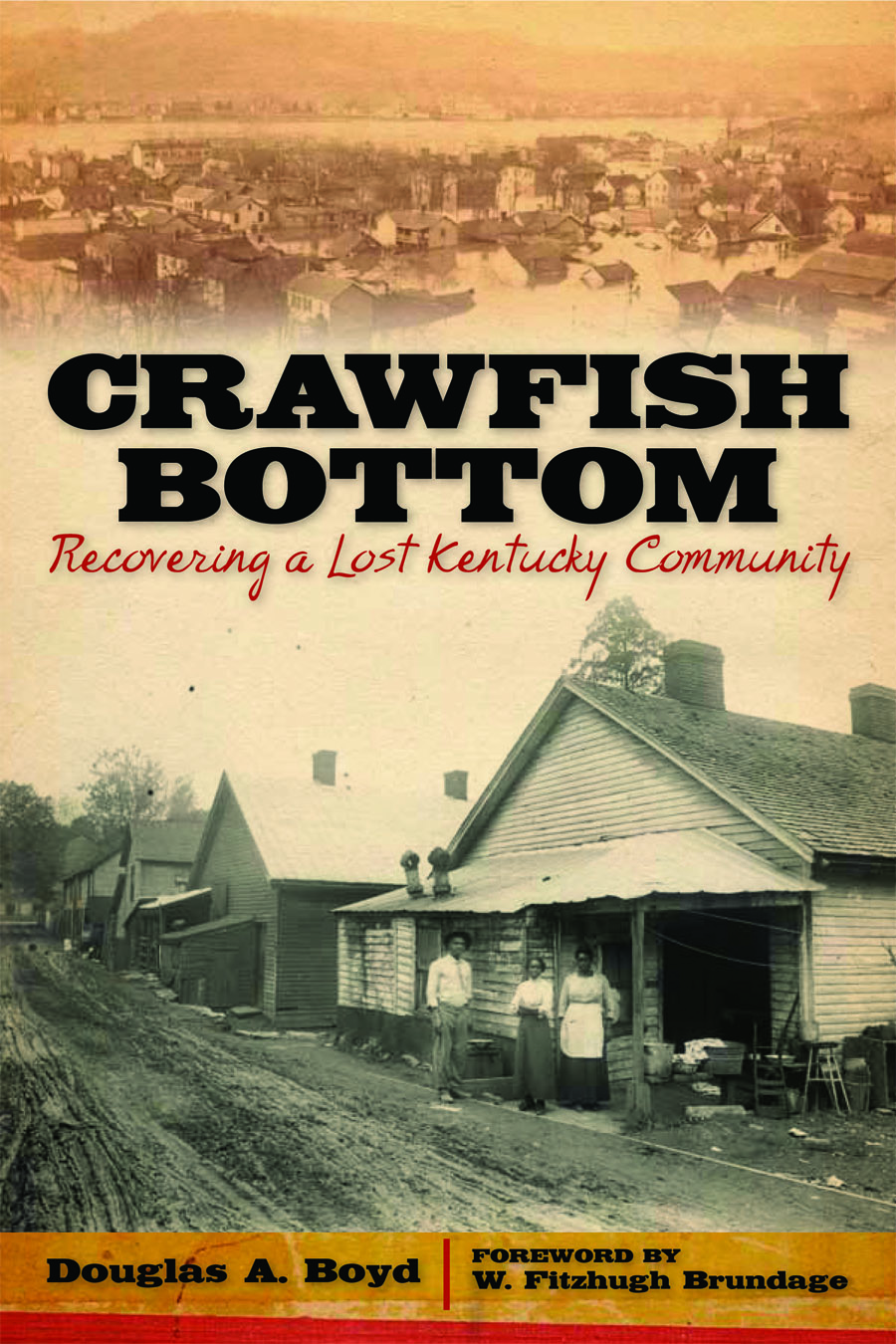Kentucky Author Douglas Boyd to Present Book Talk and Signing at A-State Multicultural Center
JONESBORO – Dr. Douglas A. Boyd, director of the Louie B. Nunn Center for Oral History at the University of Kentucky, will present a book talk and signing on Thursday, Sept. 19, at 4 p.m. The event will be at the Multicultural Center in the Reng Student Union at Arkansas State University.
Dr. Boyd will discuss his recent book, “Crawfish Bottom: Recovering a Lost Kentucky Community.” Students from all academic disciplines are invited to attend, as well as interested individuals from throughout the region.
The presentation, which is admission-free, is supported by A-State's Heritage Studies Program and Department of English and Philosophy, with grant support from the American Folklore Society.
Published by the University Press of Kentucky, Boyd’s work brings oral history and folklore together in an innovative study of a community locating on 50 acres of swampy land in North Frankfort, Ky.
The Blue Grass Trust for Historic Preservation recently presented to Boyd its Clay Lancaster Heritage Education Award, which honors an individual or group for service in researching and disseminating information about the Central Kentucky region.
Known locally as “the lower part of the city,” “the Craw,” “the Bottom,” Crawfish Bottom was always known to the outside world as a hotbed of crime, rampant alcohol use, prostitution, and bootlegging.
Despite the neighborhood’s rough reputation, it had a vigor marked by a sense of belonging, friendships that defied racial segregation, and a cohesion that acted against the daily struggle of poverty. With saloons such as the Blue Moon and the Peachtree Inn, prostitutes like “Mountain Mary,” and notorious bad guys including Alex Gordon and John Fallis, the residents of Crawfish Bottom led lives that reached beyond the neighborhood’s infamy.
Today, 30 years after its destruction, the community is still remembered nostalgically by its former residents.
Dr. Boyd's writing weaves together history, folklore, and geography to offer a compelling and sensitive meditation on a forgotten neighborhood and what it meant to those who knew it best. Between 1958 and 1984, Crawfish Bottom was progressively destroyed, the victim of an experiment in urban renewal.
Though very little of the physical evidence of the neighborhood survived the 1970s, Boyd reconstructs it through interviews with former residents, building a poignant narrative of the community.
With a combination of research and personal narratives, Boyd reveals how oral history can recapture the essence of what has been lost and helps the reader understand the nature of memory. “Crawfish Bottom” brings back to life a community that was wiped out in the name of progress, documenting how identity and self-understanding are created, challenged, and reshaped in both past and present.
Boyd welcomes readers into this colorful, bygone community, which, if not for the work of oral historians, would be lost forever.
# # #






